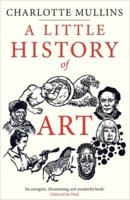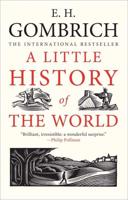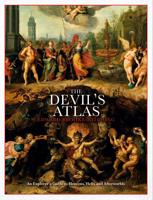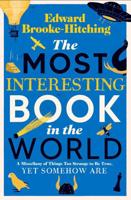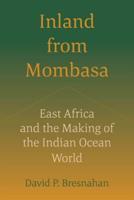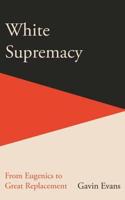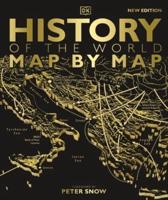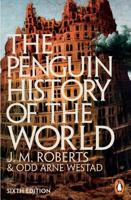Publisher's Synopsis
The Historical Dictionary of International Organizations provides an overview of the major international organizations (IOs), both intergovernmental and international nongovernmental, of the twentieth century. While the emphasis is on organizations which continue to operate today, important organizations that have ceased to operate are also included. The extensive chronology traces the progression from the first few institutionally uncomplicated bodies to the countless organizations of the present that are often sophisticated, occasionally almost universal, and sometimes even supranational. The list of acronyms is indispensable in reading about them, here or elsewhere. The introduction delineates the broader context while the dictionary goes into specifics. Some entries present the more important IOs, what they do, how they function, who belongs, and where they fit in the contemporary international political and economic system. Others explain the rationale and workings of IOs in general. Many of the most significant organizational leaders are introduced, including officials, pioneers, and founders. Obviously, neither this book nor the other volumes published or planned in the International Organizations Series could cover the whole field: the bibliography is a central part of this work. It is carefully structured to make it especially user-friendly. Schechter breaks the bibliography into several distinct sections: general works, the UN and its major organs, the Specialized and Related Agencies of the UN, regional organizations, non-UN, non-regional IGOs (including League of Nations), and international non-governmental organizations.

